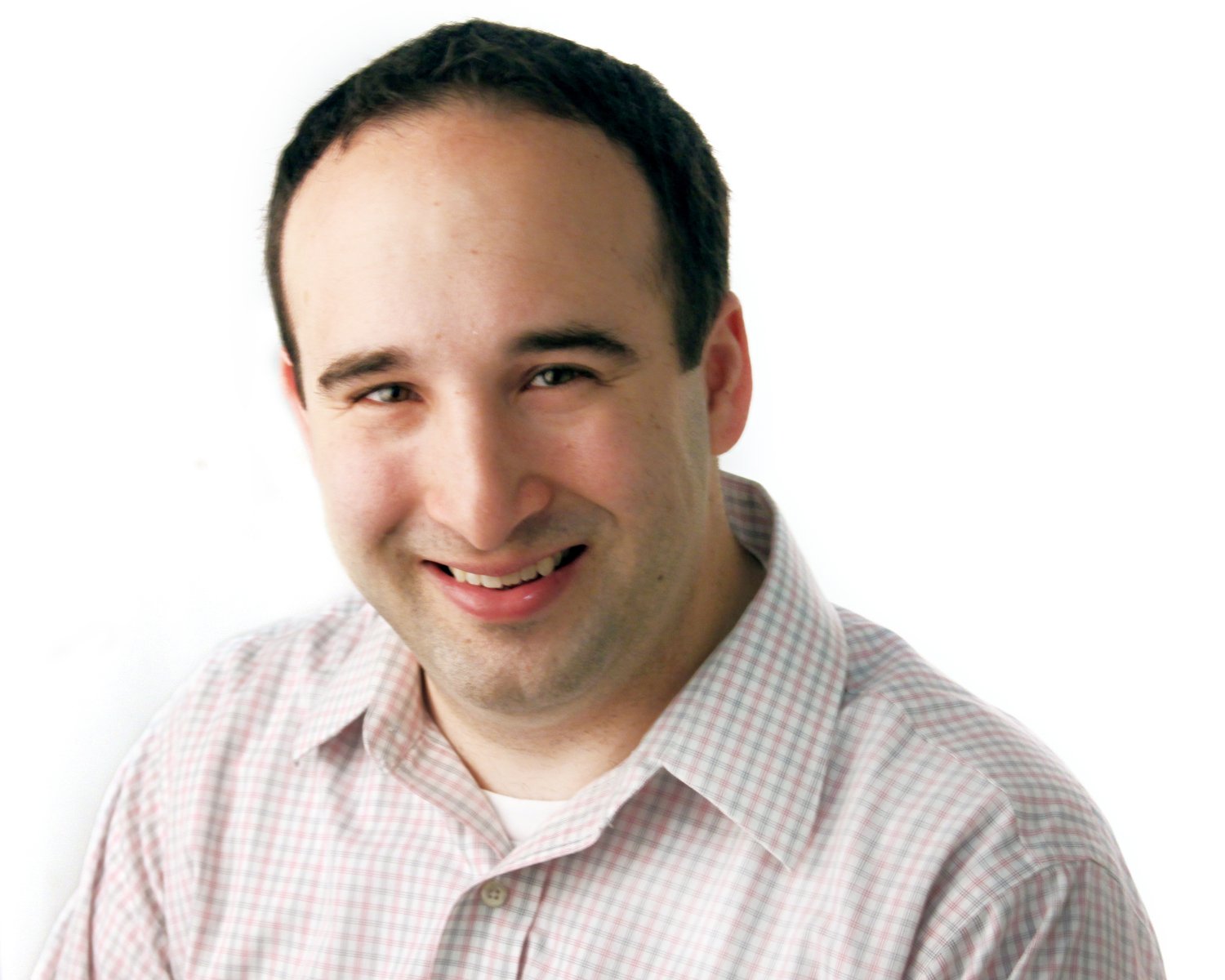
After his initial "flurry" of interest in the snowstorms that blanketed his home in the capital region when he was 10 years old, Samenow’s interests in extreme weather events expanded to include hurricanes, thunderstorms, and eventually encompassed the field of global climate change.

Upon graduation with his master’s degree in atmospheric science from the University of Wisconsin-Madison in 2000, Samenow spent the next decade working as a climate change science analyst for the US EPA, but still held a torch for local weather events. In 2004, Samenow launched what is believed to be the very first professional weather blog on the internet: CapitalWeather.com. If that name sounds familiar, it’s because this early page is the root of today’s Capital Weather Gang—the Post acquired the blog in 2008, and today the blog’s messaging cuts across platforms, reaching Post’s audience on the web, through social media, print journalism, and on the radio.
What kinds of math, science, engineering, or technology classes did you need to take in school to prepare for your current career?
Jason Samenow: I took four semesters of calculus, two semesters of physics, two semesters of chemistry, [and] statistics and computer programming as necessary building blocks for my undergraduate and graduate work.
How are weather forecasts created?
JS: We rely heavily on computer models, which provide state of the art simulations of the atmosphere. Key to becoming a good forecaster is understanding their strengths and weaknesses and knowing when they are most and least trustworthy.
In addition to computer model data, which is indispensable, we need weather observations on the ground like temperature, wind and precipitation, weather radar - which shows where the rain and snow are, and weather satellite, which show where the clouds are and the direction they're moving in.
How do computers factor into creating these forecasts? How would these forecasts be created prior to today’s more sophisticated technology?
JS: Prior to computer models, weather forecasts were only reliable maybe a day or so into the future. Forecasters were reliant on the network of weather observations in surrounding states and towns to have a sense of what might be coming their way. But these observations couldn't really tell you if a storm was going to strengthen or weaken or take an unexpected turn the way computer models can today.
What would you say has been your proudest accomplishment on the job, or your favorite part of the job?
JS: I feel like I've been a pioneer in making weather communication a two-way process in which meteorologists and the public directly interact. When I launched CapitalWeather.com in 2004 (which was absorbed by the Post in 2008, becoming the Capital Weather Gang blog), it was the first local weather blog on the internet and it gave readers unparalleled access to our team of meteorologists. Readers could ask questions about the forecast and share observations from their own backyards. Our blog facilitated a constant conversation stream. This interaction proved mutually beneficial and rewarding. Readers better understood the forecast and our team of meteorologists benefited from reader reports around the region. Audience engagement has always been a top priority for us and has been key to our success. And, over the last few years, it has really taken off with the growth of social media.
Additional sources:
- Muck Rack. 2016. "Jason Samenow." Muck Rack. Accessed April 12, 2016. http://muckrack.com/jason-samenow/bio
- The Potomac School. 2011. "Jason Samenow, '94: Communicating the Science of Climate Change." The Potomac Term: The Alumni Magazine of the Potomac School. http://www.potomacschool.org/exemplary-lives/samenow/index.aspx
- Stillman, Dan. 2013. "Capital Weather Gang: Meet the Gang." The Washington Post, March 18. Accessed April 12, 2016. https://www.washingtonpost.com/news/capital-weather-gang/meet-the-gang/


